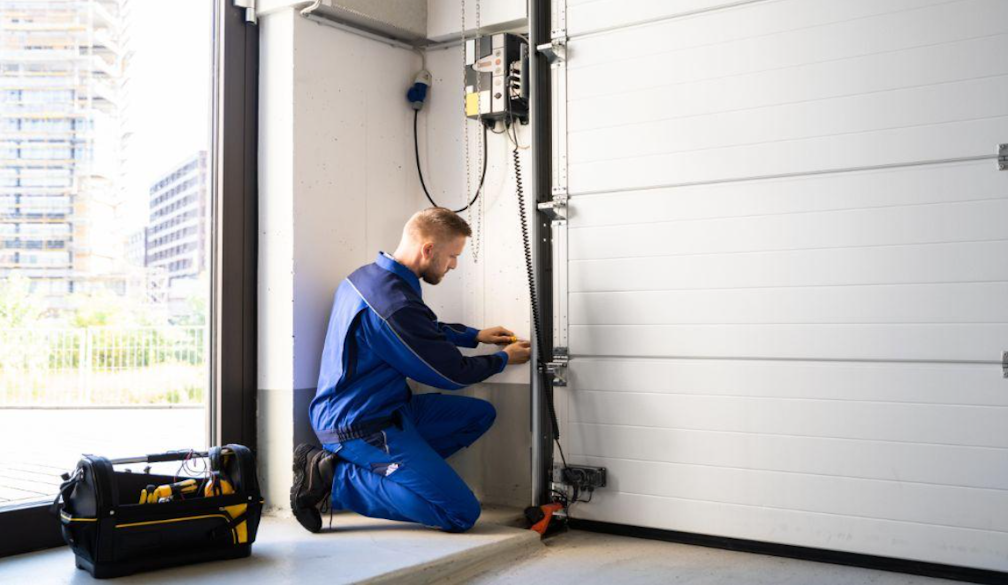The Differences Between Hotshot and Traditional Freight Services

In the logistics industry, understanding the nuances between different types of freight services is crucial for businesses looking to optimise their supply chain operations. Two prominent categories within this sector are hotshot and traditional freight services. While both aim to deliver goods from point A to point B, they do so in distinct ways that cater to different needs and priorities. This blog explores the key differences between hotshot and traditional freight services, helping businesses make informed decisions about which method best suits their requirements.
Definition and Scope
Hotshot Freight Services
Hotshot freight services are designed for urgent, time-sensitive deliveries. This type of service typically involves smaller loads that need to be transported quickly, often to meet immediate operational needs or tight deadlines. Hotshot deliveries are usually carried out using light to medium-duty trucks, which can navigate efficiently through various terrains and reach remote locations that might be challenging for larger vehicles.
Traditional Freight Services
Traditional freight services, on the other hand, encompass the transportation of larger volumes of goods over longer distances, usually on a scheduled basis. This service relies on heavy-duty trucks, trailers, and sometimes rail or sea transport for moving substantial quantities of freight. Traditional freight services are ideal for regular, bulk shipments where speed is important but not as critical as in hotshot deliveries.
Speed and Urgency
One of the most significant differences between hotshot and traditional freight services is the speed and urgency with which deliveries are made.
Hotshot Freight Services
Speed is the hallmark of hotshot freight services. These deliveries are often made within a matter of hours or overnight, depending on the distance. The urgency of hotshot deliveries means that these services are frequently used for emergency situations, such as delivering a crucial part to a stalled production line or transporting medical supplies to a healthcare facility. The ability to respond swiftly to urgent requests makes hotshot services indispensable in industries where downtime can lead to significant financial losses.
Traditional Freight Services
While traditional freight services also strive for timely deliveries, they are generally not as rapid as hotshot services. Traditional freight operates on scheduled routes and timelines, making it ideal for non-urgent shipments that can be planned well in advance. These services prioritise efficiency and cost-effectiveness over speed, ensuring that goods are delivered within a reasonable timeframe but without the intense rush characteristic of hotshot deliveries.
Flexibility and Customisation
Flexibility in handling various types of shipments and customising delivery solutions is another area where hotshot and traditional freight services differ.
Hotshot Freight Services
Hotshot services are highly flexible and can be customised to meet specific delivery requirements. This flexibility extends to the types of goods transported, the delivery routes, and the timing of the deliveries. Hotshot services can accommodate a wide range of cargo, from small parcels to oversized equipment, and can quickly adapt to changing client needs. This makes hotshot deliveries particularly useful for industries such as oil and gas, construction, and agriculture, where the ability to respond to unforeseen demands is critical.
Traditional Freight Services
Traditional freight services, while offering a degree of flexibility, are generally less adaptable compared to hotshot services. These services follow predetermined routes and schedules, and any deviations can lead to increased costs and logistical complexities. Traditional freight is best suited for consistent, bulk shipments that do not require last-minute changes or special handling. This approach allows for optimised routes and economies of scale, making it a cost-effective solution for regular, high-volume transport needs.
Cost Considerations
Cost is a crucial factor in choosing between hotshot and traditional freight services, as it directly impacts the overall logistics budget.
Hotshot Freight Services
Given the urgency and specialised nature of hotshot deliveries, they tend to be more expensive than traditional freight services. The higher cost is attributed to the need for rapid response, customised solutions, and often dedicated vehicles for each delivery. However, for businesses that require immediate transport to avoid operational downtimes or meet critical deadlines, the additional expense is justified by the value of timely delivery.
Traditional Freight Services
Traditional freight services are typically more cost-effective due to their ability to consolidate shipments and maximise load capacities. By operating on scheduled routes and utilising larger vehicles, traditional freight providers can spread the costs across multiple clients and shipments. This results in lower per-unit transportation costs, making traditional freight an economical choice for businesses with regular, planned shipping needs.
Geographic Reach and Accessibility
The ability to reach various locations efficiently is another differentiating factor between hotshot and traditional freight services.
Hotshot Freight Services
Hotshot services excel in their ability to reach remote and hard-to-access locations. The use of smaller, more agile vehicles allows for deliveries to sites that may be off the beaten path, such as construction sites, rural areas, or oil rigs. This capability is particularly advantageous for industries that operate in diverse and often challenging environments, ensuring that critical supplies and equipment are delivered where and when they are needed.
Traditional Freight Services
Traditional freight services, with their reliance on larger trucks and established routes, are well-suited for deliveries to urban centres and industrial hubs. However, accessing remote or less-developed areas can be more challenging and may require additional logistical planning. While traditional freight can cover long distances efficiently, it is not always the best option for deliveries requiring specialised access or last-mile solutions.
Freight Services Perth: Choosing the Right Option
For businesses in Perth, understanding the distinctions between hotshot and traditional freight services is essential for optimising their logistics operations. Freight services in Perth must cater to a variety of needs, from urgent, last-minute deliveries to regular, bulk shipments. By evaluating the specific requirements of each shipment—such as speed, flexibility, cost, and geographic reach—businesses can choose the most appropriate freight service to ensure timely and efficient delivery.
Conclusion
In summary, hotshot and traditional freight services each offer unique advantages and cater to different logistical needs. Hotshot services are characterised by their speed, flexibility, and ability to handle urgent deliveries to remote locations, making them ideal for industries where time is of the essence. Traditional freight services, on the other hand, provide cost-effective solutions for regular, bulk shipments, operating on scheduled routes and maximising load capacities.
Understanding these differences allows businesses to make informed decisions about their freight delivery options, ensuring that they select the service that best aligns with their operational requirements and budget constraints. Whether it's an urgent delivery requiring the rapid response of hotshot services or a planned bulk shipment suited to traditional freight, choosing the right approach is key to maintaining a smooth and efficient supply chain.

























